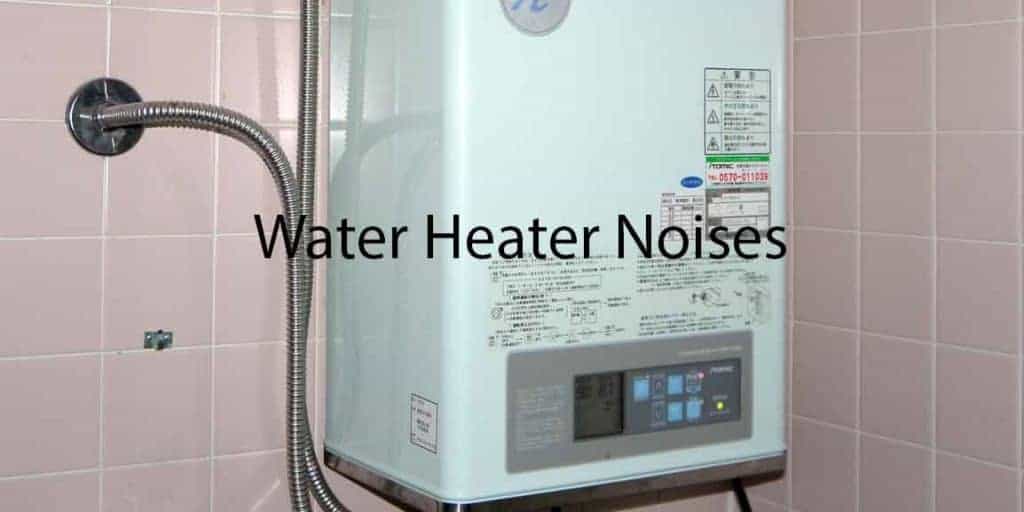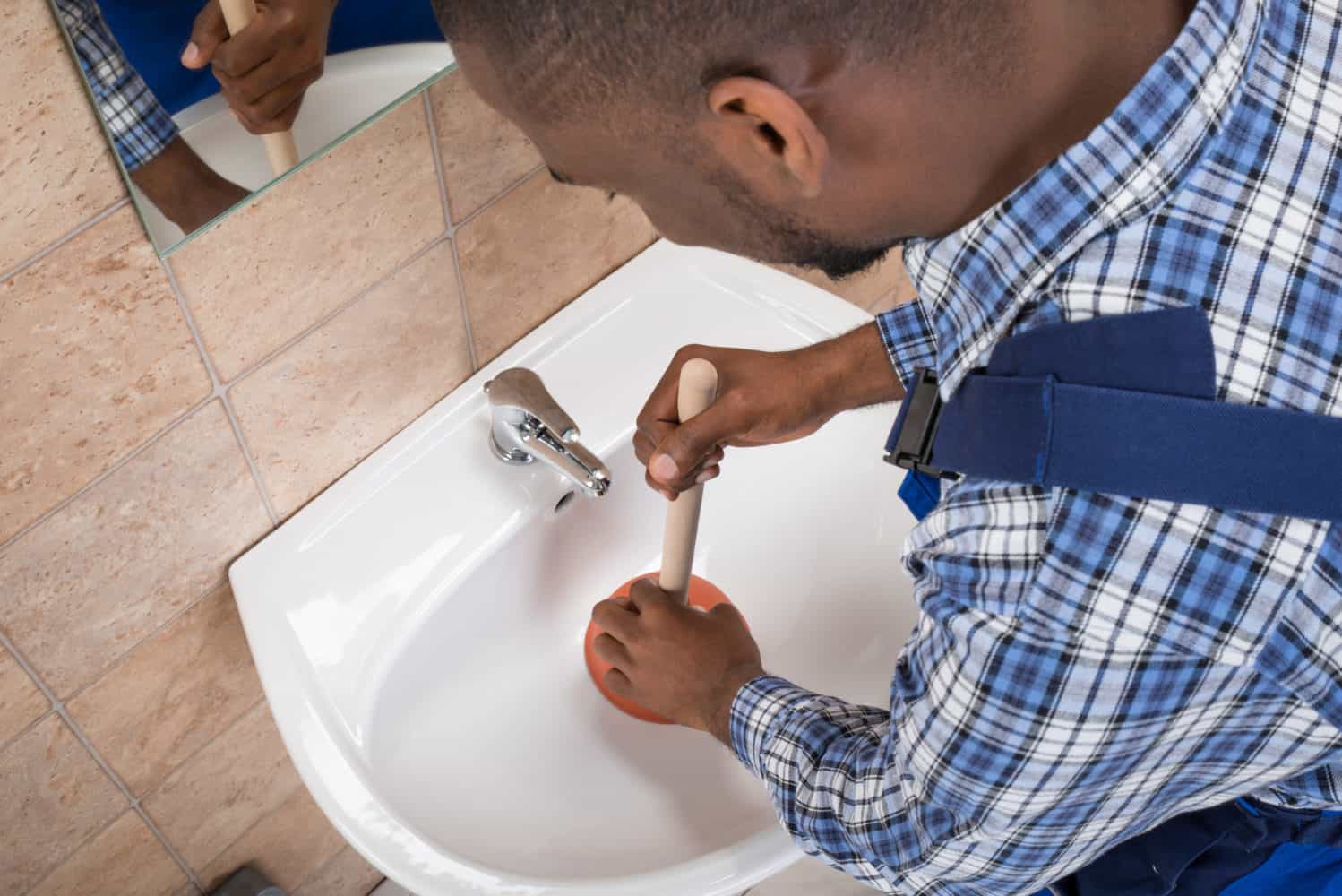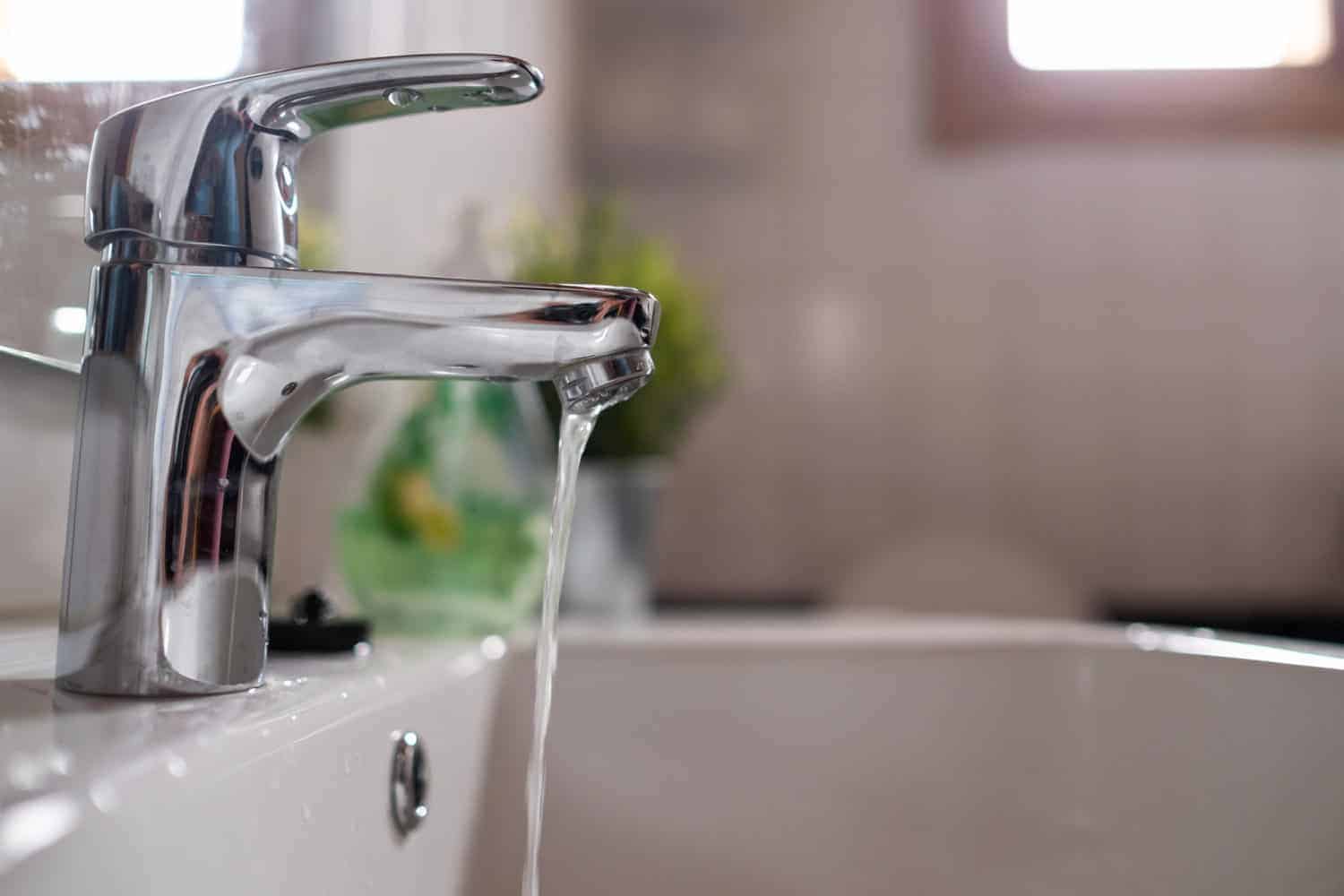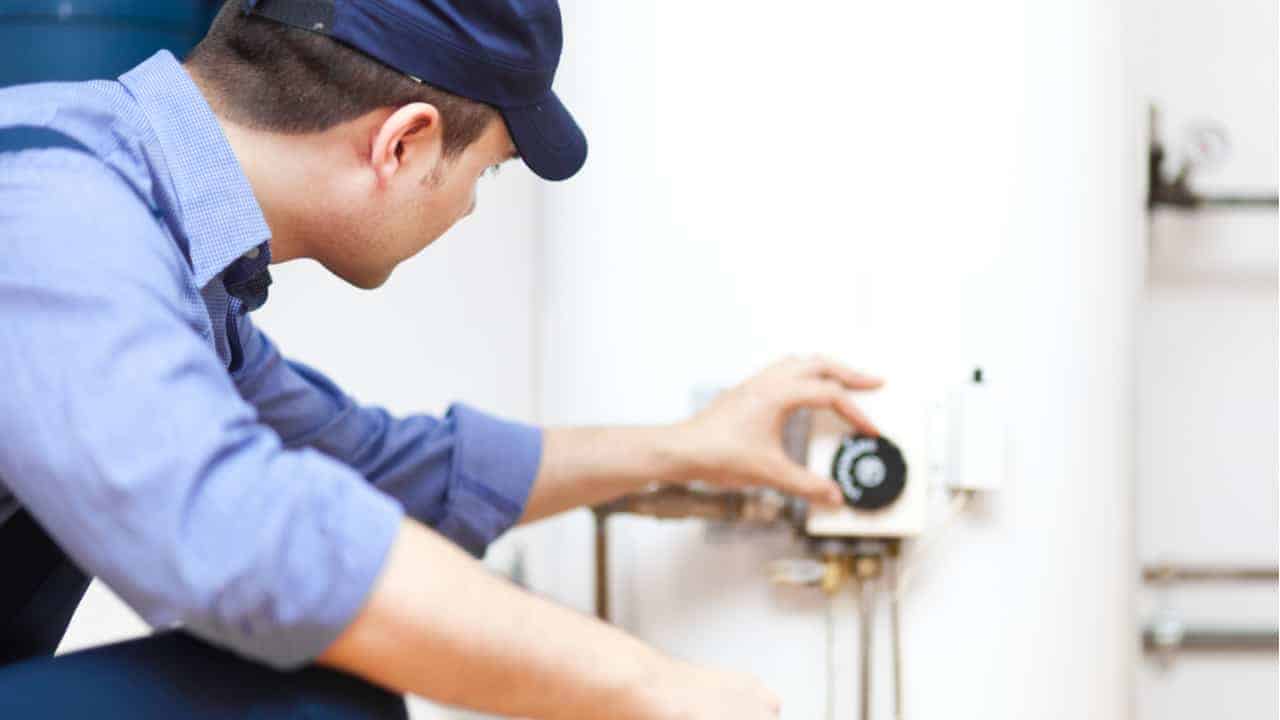A knocking and/or rumbling noise coming from your boiler is not something you should ignore. Don’t worry, it won’t explode, but, if you ignore the problem for too long, your noisy water heater may eventually rob you of those rejuvenating hot showers.
Sooner or later, it will break down completely. Luckily, you can solve the problem on your own.
As there isn’t anything to be fixed exactly, there’s no need to call the plumber. Technically speaking, there probably isn’t anything wrong with your water heater tank. So, why is your water heater making noise then? The main culprit lies in the water—quite literally.
The knocking/rumbling noise and popping sounds your water heater is making are caused by the sediment (mineral deposits) that has accumulated on the bottom of the water tank.
To make sure this won’t lead to expensive water damage in your home, you need to flush your water heater.
Contents
How Does Sediment Buildup Cause the Noise?
When there’s too much mineral buildup in the water heater tank, water can easily get trapped between the bottom of the tank and the sediment layer.
Since the gas heating burner is located right underneath the bottom of the tank, the trapped water starts to boil and bubble when you turn on the water heater.
The knocking/rumbling noise is the sound of the water escaping the sediment layer. The bubbles rattle the sediment buildup, causing the inner lining of the tank to deteriorate. As the lining chips off, corrosion starts to appear.
How to Remove Sediment Buildup?
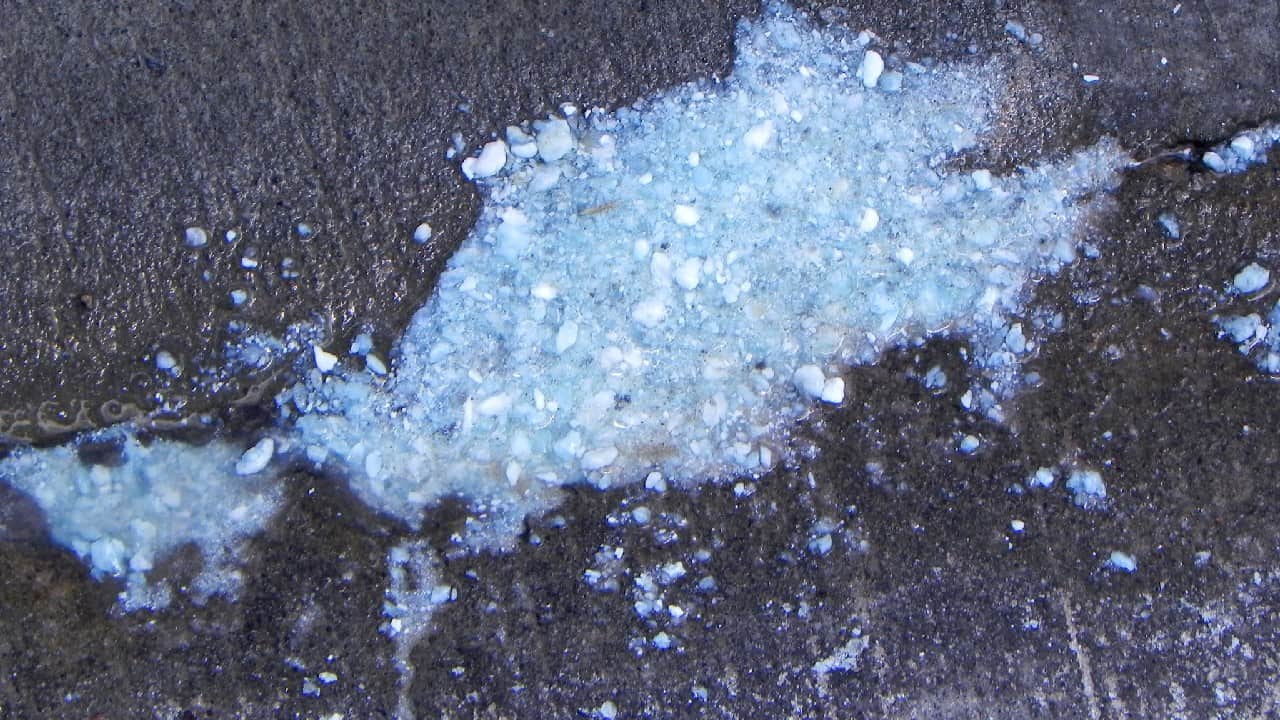
Photo by Hadley Paul Garland via Flickr (CC BY-SA 2.0)
The best way to protect your hot water heater (and get rid of the ghastly noise it makes) is by flushing it.
This is something that should be done as part of regular maintenance, preferably once a year, even if the water heater isn’t making strange noises.
By flushing the water heater regularly, you will extend its lifespan and make it more efficient. So, let’s get to work.
Locate the Thermostat (or the Fuse Box)
You need to turn off the main power source before you drain the water heater.
Gas water heaters: If you have a gas water heater, you need to find the thermostat. It’s usually a plain red knob. The thermostat should be located at the point where the gas pipe enters the water heater. Typically, it has 3 settings: “On,” “Off,” and “Pilot.” Turn the knob to “Pilot.”
Electric water heaters: If you have an electric water heater, you need to locate the fuse box or breaker box. It’s a small power panel that has a swinging door. Typically, it’s either on the outside of the house or in the garage.
Read also: Gas vs Electric Tankless Water Heater
If you have a breaker, you’ll find small on/off switches inside it. Find the switch that is powering the electric water heater (it should be labeled) and turn it off.
If you can’t find it, you’ll need to turn the main power off. Above the small switches, there should be a larger switch labeled “Main.”
If you find small tubes inside, it’s not a breaker box but a fuse box. If you don’t know how to remove fuses, the safest thing to do is to shut off the power to your entire house instead of just the electric water heater. Pull the lever located at the top of the panel.
Shut Off the Water Supply
At the top of the tank, there’s a cold water inlet pipe. The shut-off valve for the cold water supply should be located on or near the pipe. It can be a gate valve or a ball valve. The average gate valve has a “stop.” You must turn the valve past the “stop” point to make sure it’s fully closed.
Turn on the Hot Water Tap
When you’re draining the water heater, a vacuum may form. You can prevent this by turning on the hot water faucet in the tub or sink. You should leave it on during the entire flushing process.
Open the Pressure Relief Valve
This step can help smooth the whole process, but you can skip this one if you want. Before you open the pressure relief valve, place a bucket under the drain pipe. To open it, flip it up.
Be careful! Hot water will likely rush out when you open the pressure relief valve. It is strongly recommended to wait for the water in the tank to cool.
Also, if your water heater is old, handle the valves gingerly. If you try to force them open, they may break.
Connect a Garden Hose to the Drain Valve
The longer the hose, the better. If you can’t find a garden house, you can use the bucket from the previous step to catch the water as it drains, but that’s not really advisable. It’s much more work as you will have to manually dump the water somewhere safe, numerous times.
Run the garden hose to a sump hole, basement drain, or outside drain. In case there is a pressure leak, cover the hose connection and drain valve with a rag or towel. This will prevent the water from spraying all over the place. Now you can open the drain valve.
Fill a Test Bucket
First, let the water flush for a few minutes. Then, while the water is still flushing, fill a “test” bucket. Let the water in the bucket sit undisturbed.
You can move on to the next step if the water looks clean. But, if sediment settles on the bottom of the bucket, or if the water is just murky, you should continue flushing the tank.
You may need to drain the whole thing. If you suspect that there is still sediment in the tank even after you have drained it completely, turn the cold-water supply back on and let the water heater fill.
Continue to flush the water and fill another test bucket. You’ll have to repeat this process until the water coming out is clean and there is no visible sediment.
Wrap It Up
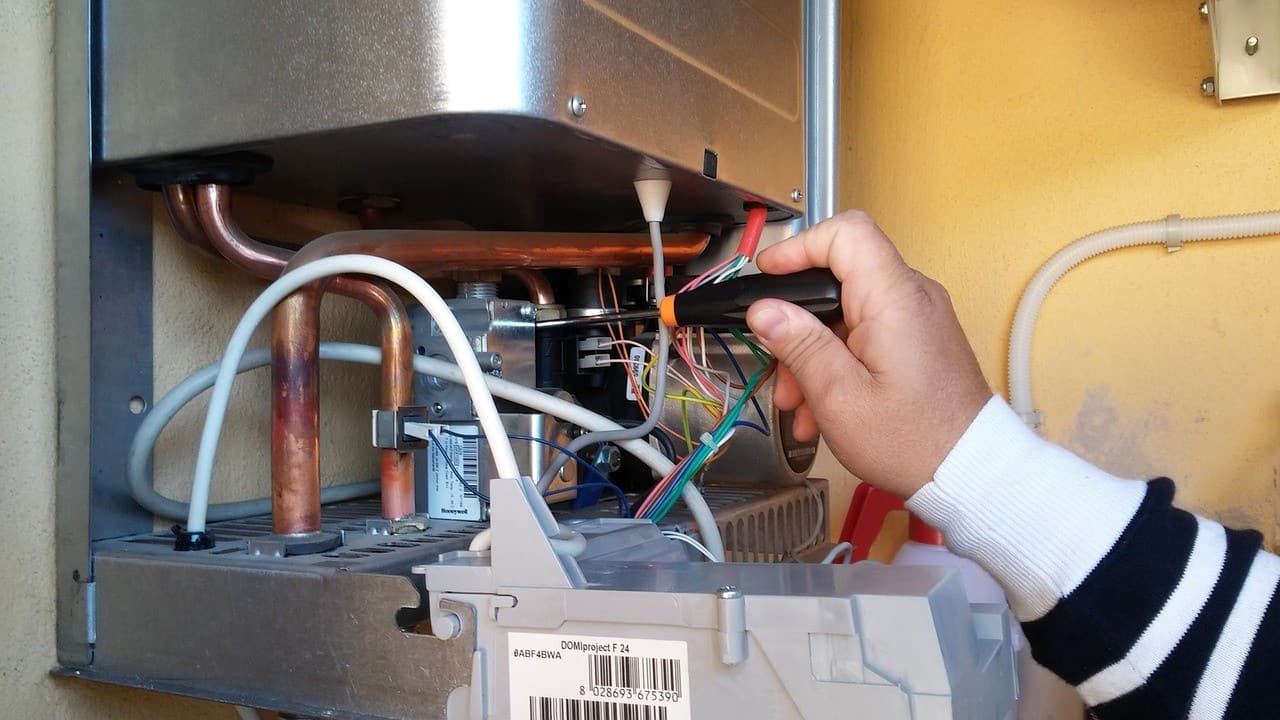
The hard part is done. Now it’s time to put the water heater back to the way they were. It’s important to carry out the steps in the right order.
Close the pressure relief valve and shut off the drain valve. Disconnect the hose from the drain valve. Don’t forget to turn off the hot water tap as well.
Turn the cold-water supply back on. Wait for the water heater tank to get filled up and for the pressure to equalize. You’ll need to let the compressed air escape. To bleed off the excess air, slowly reopen the pressure-relief valve.
When you continue to use the water heater, this will keep it from “pinging.” Close the pressure-relief valve again after the compressed air has escaped.
Now, to get the air out completely out of the system, open the hot water tap again in the tub or sink. Wait for a full stream of water to start flowing. Then, you can turn the hot water tap off, again.
Once you’re done with all of this, you can turn the power back on. Don’t forget to set the water heater thermostat. It shouldn’t take longer than half an hour.
When the time is up, open the hot water tap in your tub. If hot water is running, that’s it, you’ve successfully flushed your water heater.
The rumbling sound, and all other strange water heater noises, should be gone. Don’t forget to repeat the process next year.
Dealing With Hard Water
If the water in your home is particularly hard, the problem could come back sooner than you’d expect (even with regular flushing). If you want to prevent this, you can try treating the problem at its source.
To treat the hard water in your home, you can install a water softener. A water softener is a type of water filtration system.
A water softener system will protect the plumbing throughout your home. It works by replacing calcium and magnesium ions with sodium ions.
The main part of the system are resin beads that are coated in a sodium solution. You’ll need to replace these beads after a while as the sodium ions will run out.
Still, it beats having to deal with a noisy water heater every now and then. However, if this solution doesn’t work for you, there are many other types of whole house water filtration systems on the market.
While we are on the subject of water heaters, I’ve also written a Furnace vs Water Heater comparison that you might find helpful.
Takeaway
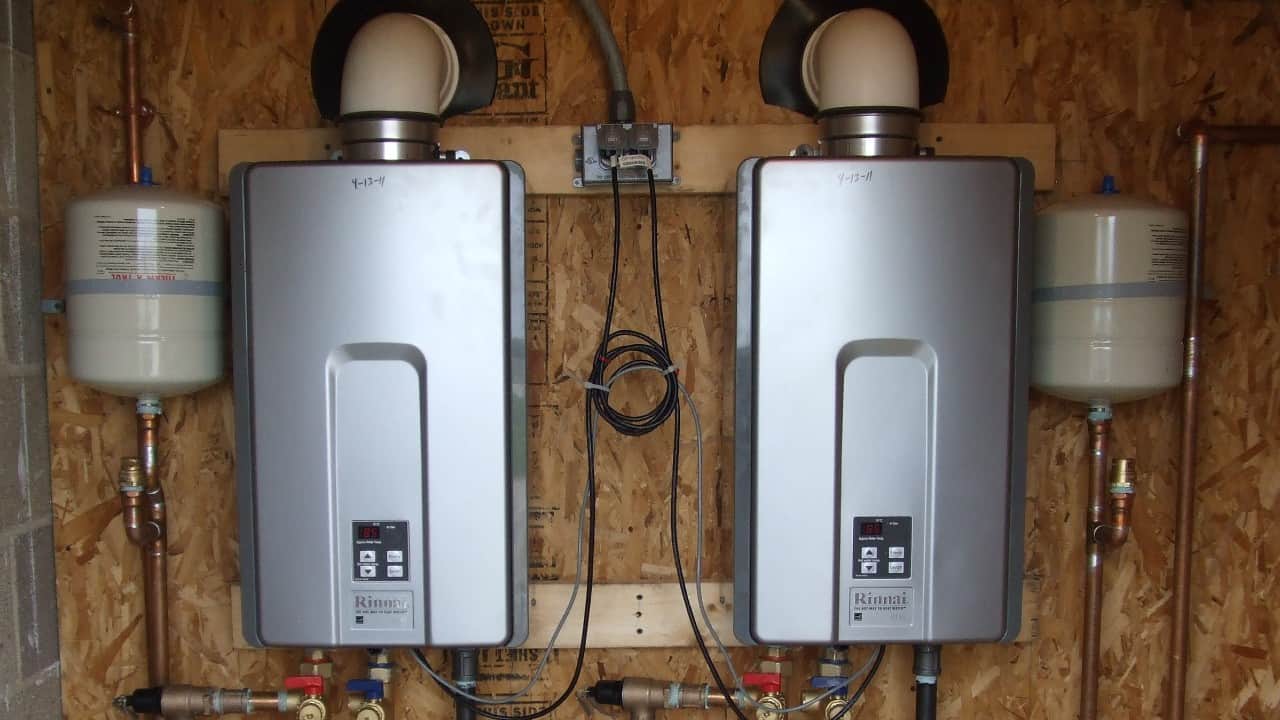
Photo by Behrat via Wikimedia Commons (CC BY-SA 3.0)
Prevention is better than cure. Regular water heater maintenance should keep the knocking/rustling water heater noise from coming back. And, if you really want to be on the safe side, consider installing a whole house water filtration system.
This is just one of many problems you can have with a water heater. Check out this post if the water heater pilot light keeps going out.
